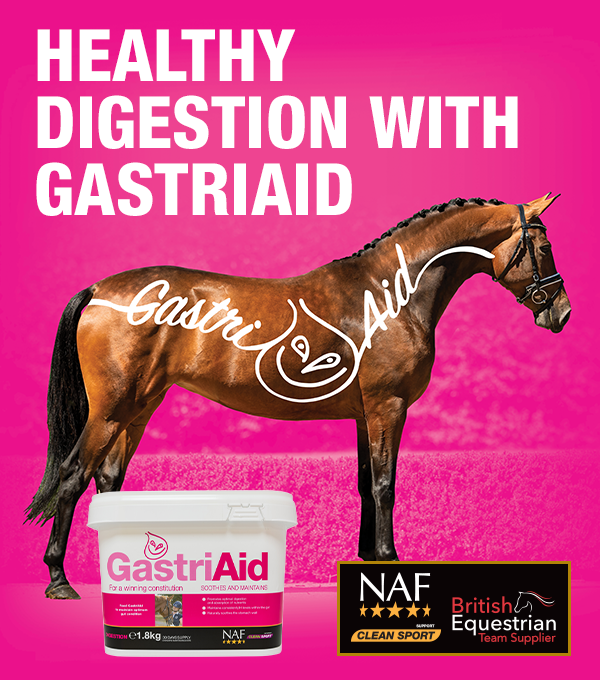In partnership with NAFNot the most pleasant of subjects, but a necessary one.
Your horse’s digestive tract is very closely linked to its general overall health. Their droppings are a direct reflection of how that digestive tract is doing, so knowing what to look for can help you to keep an eye on what’s happening on the inside.
To keep it straight-forward, these are the 3 C’s of your horse’s droppings: Count, Colour and Consistency.
1) Count
Do you know how many droppings your horse tends to pass daily?
Horses will pass approximately the same number of droppings each day. Knowing the normal number for your horse is important as any changes – up or down – could be a sign of an internal problem.
The average for mares and geldings is around eight to twelve droppings per day, with stallions and foals passing more. Horses on a higher amount of dried forage will pass more droppings than a horse on grass – although horses handle dried forage well, they cannot digest all they eat so the result is more droppings.
Fewer droppings can result from simply eating less, particularly less fibre, but if they stop all together then there is a risk of an intestinal blockage and your horse will require urgent vet attention. An increased number of droppings may be due to diarrhea, microbiome disturbance, stress or excitement.
2) Colour
Your horse’s diet will affect the colour of your horse’s droppings. They should be on a scale somewhere between brown and green. Horses on fresh grass will have greener coloured droppings, while a darker brown colour is seen on those with hay-based diets. Some commercial diets may introduce an orange tinge to droppings.
When to be concerned about colour
If you notice a yellow colour it indicated mucus from the gut lining has passed through, suggesting the movement through the gut has slowed. It’s recommended you monitor the horse closely, increase water intake by soaking forage and feeding electrolytes. It’s worth having a conversation with your vet if this issue persists.
If you see red in the droppings, indicating blood, contact your vet immediately.
3) Consistency
The consistency of droppings is an important indicator of your horse’s digestive health, so it’s important to monitor for any changes. Consistency can be graded on a scale from 1 to 7, ranging from watery diarrhea to hard, dry droppings.
Any diarrhea issues should be addressed by your vet, especially if it’s sudden.
Soft, unformed (“cow pat” consistency) droppings indicate a digestive issue. Ensure sufficient fibre is being fed and remember that fresh grass can be relatively low in fibre, particularly during periods of rapid growth and high rainfall. Adding dry hay to the diet may help.
Normal droppings are soft and formed or firm and formed. Hard, dry droppings could indicate either dehydration or poor-quality forage.
Support the digestive systemwith NAF GastriAid
Maintain a healthy digestive tract and stable hindgut microbiome with GastriAid. NAF GastriAid is an advanced formula which contains a unique blend of key ingredients which work to maintain gastric health, soothe the stomach wall and support the balance of pH levels within the gut.
Shop NAF GastriAid here, available in 1.8kg, 3.6kg and 10kg tubs.



